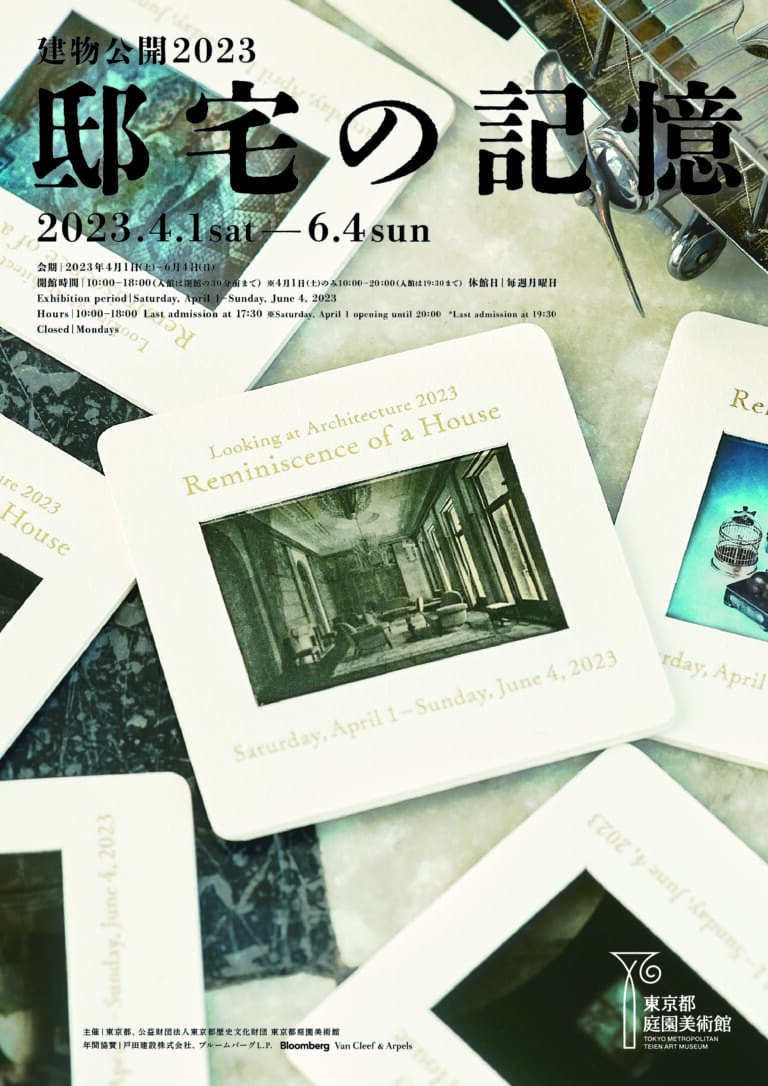The Former Residence of Prince Asaka which Embodies the Essence of Art Deco
The Imperial Household Ministry’s Construction Bureau oversaw the planning and construction of the main building (Former Residence of Prince Asaka), while French artist Henri Rapin was commissioned to design the interiors of the principle rooms. In addition, works by representative artists of the Art Deco period such as René Lalique and Raymond Subes were also incorporated into the building, impressively bringing to fruition the very spirit of Art Deco. The interior décor, preserved in pristine condition, is indeed a true highlight of the exhibition.
Also presented on this occasion is a section where visitors are invited to directly touch the architectural materials and various details that are used in the residence. We welcome visitors to take this opportunity to fully explore the beauty and charm of the Former Residence of Prince Asaka.
A Selection of Valuable “Homecoming” Works
In this exhibition, visitors will be invited on a journey through time to visit the living spaces of the past that have been reproduced using restored original furnishings and artworks from the building’s era as an imperial home, which are presented along with various photographs of the residence. Furthermore, the exhibition not only presents works pertaining to the Asaka family that is housed in the museum’s collection, but also introduces valuable works such as costumes, crafts, and furnishings from collections all over Japan that have specially been brought back to their home on this occasion. This exhibition serves as a precious opportunity to bear witness to a selection of exquisite items of high artistic value related to the Asaka family.
Special Exhibit: Bonbonnières
Since the Meiji period, it has become custom among members of the imperial family to hand out bonbonnières as gifts on celebratory occasions. Originally used in the West as small confectionery containers, bonbonnières have evolved as a unique tradition of the imperial family while drawing upon the artistry of traditional Japanese craftsmanship, and has been passed down to the present day as a commemorative item for imperial celebrations. A selection of over two hundred bonbonnières, the largest number to be presented to date, will be showcased in the form of a special exhibit.


